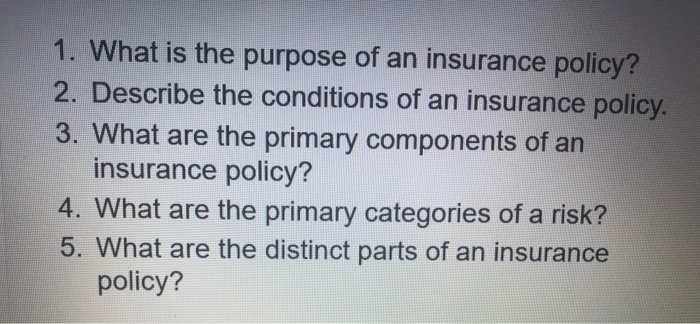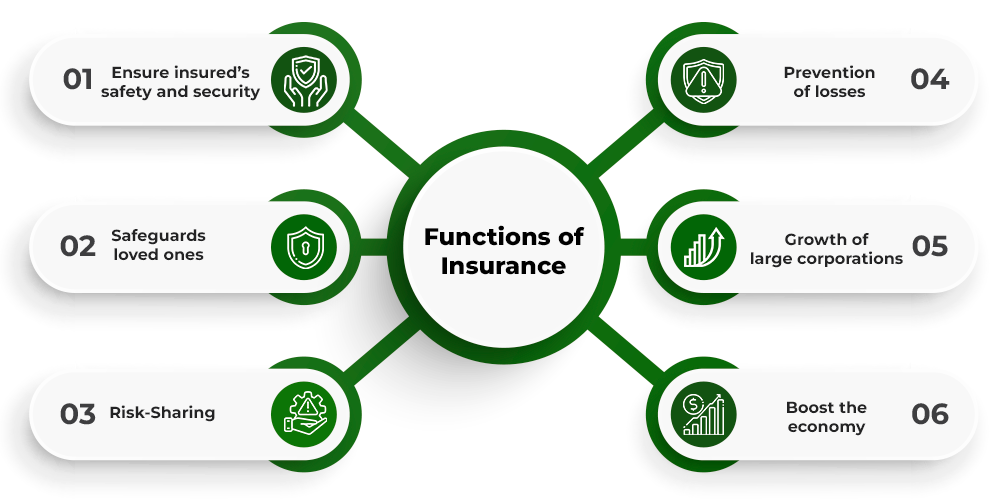Pacific Prime - Questions
Pacific Prime - Questions
Blog Article
See This Report on Pacific Prime
Table of ContentsFascination About Pacific PrimeNot known Details About Pacific Prime Some Known Factual Statements About Pacific Prime The 20-Second Trick For Pacific PrimePacific Prime Can Be Fun For Anyone

This is because the data were accumulated for a period of strong financial performance. Of the estimated 42 million people who were without insurance, all but concerning 420,000 (regarding 1 percent) were under 65 years of age, the age at which most Americans become eligible for Medicare; 32 million were grownups in between ages 18 and 65, around 19 percent of all adults in this age group; and 10 million were youngsters under 18 years of age, regarding 13.9 percent of all children (Mills, 2000).
These price quotes of the variety of persons without insurance are created from the annual March Supplement to the Present Population Survey (CPS), conducted by the Census Bureau. Unless otherwise kept in mind, nationwide quotes of people without medical insurance and proportions of the population with different type of protection are based on the CPS, the most extensively used source of quotes of insurance policy coverage and uninsurance rates.
All About Pacific Prime

Still, the CPS is particularly useful because it creates annual estimates relatively quickly, reporting the previous year's insurance policy protection approximates each September, and due to the fact that it is the basis for a consistent collection of price quotes for greater than twenty years, enabling evaluation of fads in coverage in time. For these factors, along with the extensive usage of the CPS in various other researches of insurance policy protection that exist in this record, we count on CPS price quotes, with restrictions noted.

The price quote of the number of without insurance individuals broadens when a population's insurance coverage status is tracked for several years. Over a three-year period beginning early in 1993, 72 million individuals, 29 percent of the U.S. https://on.soundcloud.com/Boznd6XKBGjyrspT8. populace, lacked insurance coverage for at the very least one month. Within a solitary year (1994 ), 53 million individuals experienced at the very least a month without insurance coverage (Bennefield, 1998a)
6 out of every ten uninsured adults are themselves utilized. Although functioning does improve the likelihood that one and one's household participants will have insurance policy, it is not an assurance. Also participants of family members with 2 permanent breadwinner have practically a one-in-ten possibility of being without insurance (9.1 percent uninsured rate) (Hoffman and Pohl, 2000).
3 Easy Facts About Pacific Prime Explained
New immigrants represent a significant proportion of people without medical insurance. One analysis has associated a substantial portion of the current growth in the size of the united state uninsured populace to immigrants who showed up in the nation between 1994 and 1998 (Camarota and Edwards, 2000). Recent immigrants (those that pertained to the United States within the past 4 years) do have a high rate of being uninsured (46 percent), however why not try here they and their kids represent simply 6 percent of those without insurance country wide (Holahan et al., 2001).
The partnership between medical insurance and accessibility to care is well established, as documented later in this chapter. The connection in between wellness insurance coverage and health results is neither straight nor straightforward, a comprehensive medical and wellness services research literature links wellness insurance coverage to improved access to care, much better top quality, and improved personal and populace wellness standing.
Levels of evaluation for checking out the impacts of uninsurance. It focuses particularly on those without any health and wellness insurance for any type of size of time.
Pacific Prime for Beginners
The problems dealt with by the underinsured are in some respects comparable to those faced by the without insurance, although they are usually less serious. Health insurance, however, is neither needed neither sufficient to get accessibility to clinical solutions. The independent and straight result of wellness insurance policy coverage on access to health and wellness solutions is well established.
Others will get the healthcare they need also without medical insurance, by paying for it out of pocket or seeking it from suppliers who offer treatment cost-free or at very subsidized rates. For still others, health and wellness insurance alone does not ensure invoice of treatment as a result of various other nonfinancial obstacles, such as an absence of health and wellness care carriers in their neighborhood, restricted accessibility to transport, illiteracy, or etymological and cultural differences.
An Unbiased View of Pacific Prime
Formal research study regarding uninsured populations in the United States dates to the late 1920s and very early 1930s when the Committee on the Expense of Medical Treatment generated a collection of reports about financing doctor office brows through and hospitalizations. This problem became salient as the varieties of medically indigent climbed up during the Great Anxiety.
Report this page